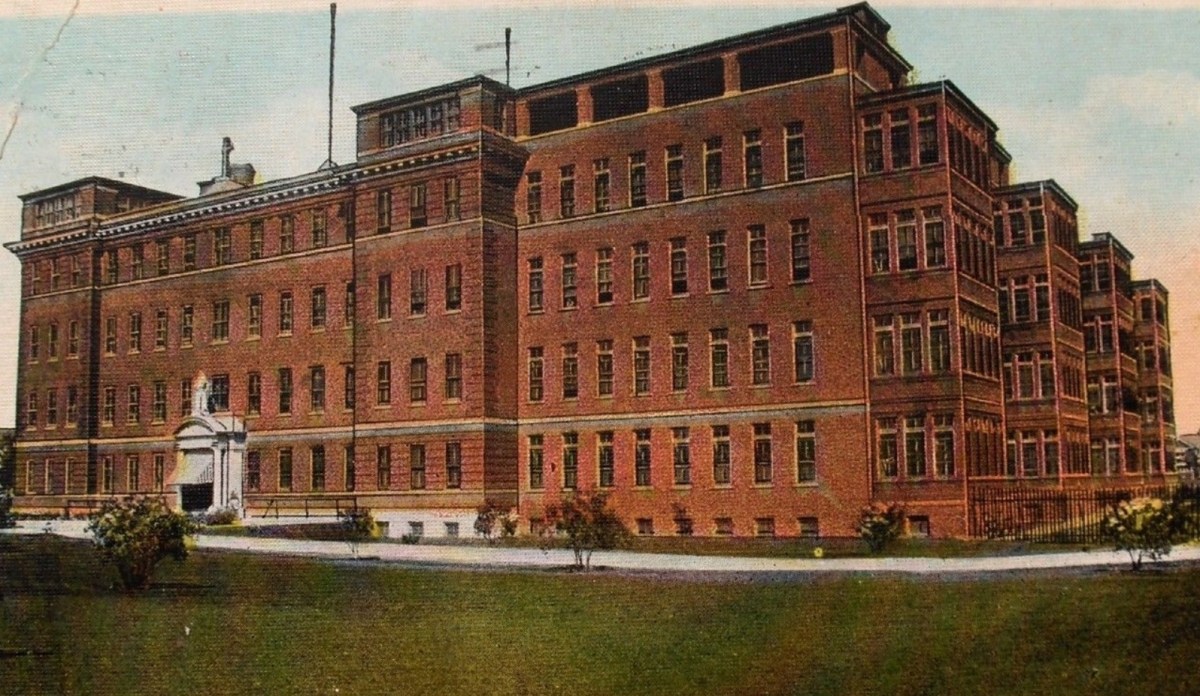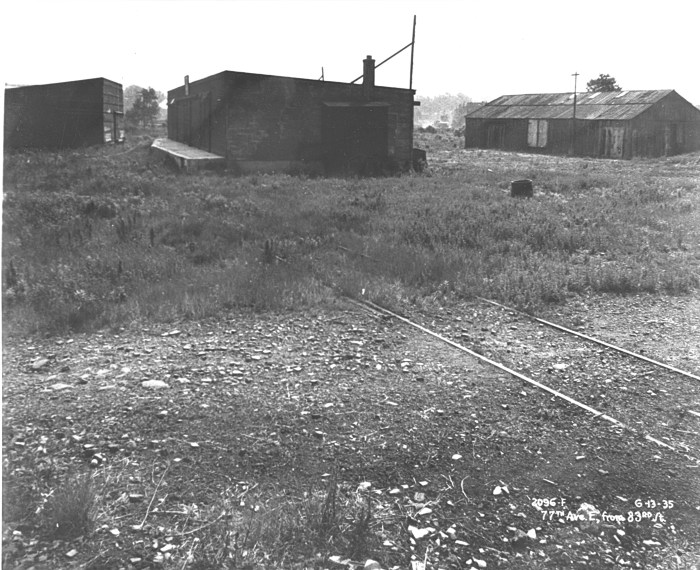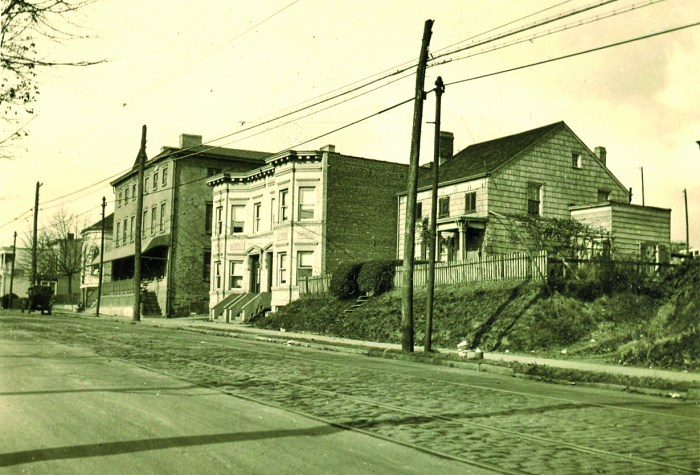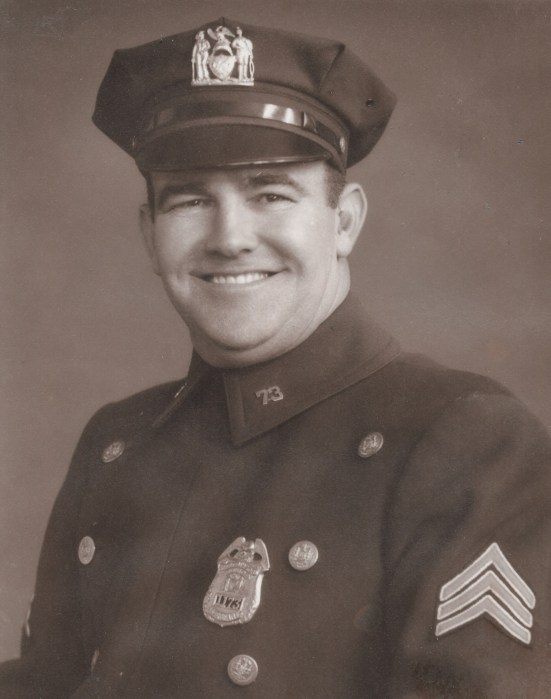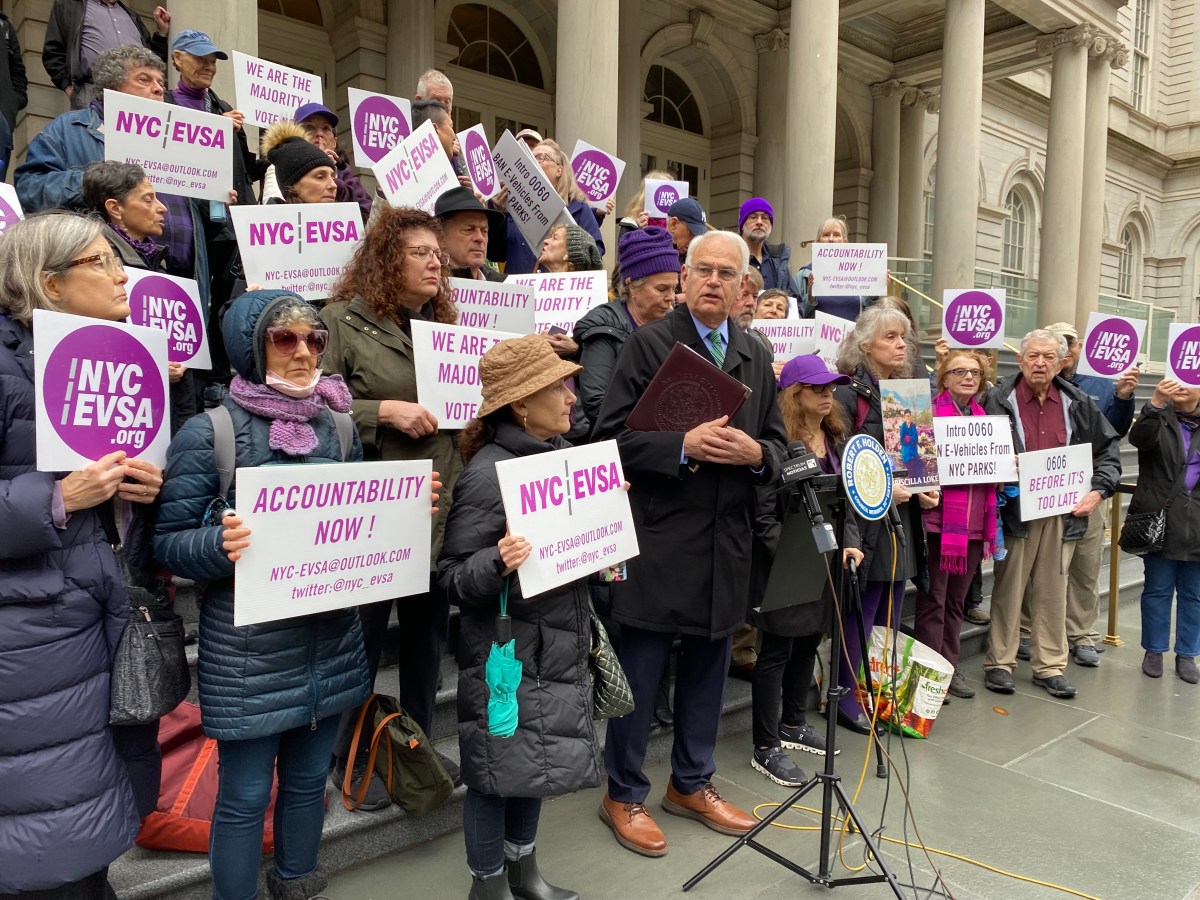Just over a century ago, the Franciscan Sisters of the Poor founded St. Anthony’s Hospital with the purpose of treating patients suffering from tuberculosis (TB). Collection boxes were placed in hospitals around the city, many fundraisers were held and in 1914 the building opened on Woodhaven Boulevard (between 89th and 91st avenues).
In the few years prior to St. Anthony’s official opening, almost 10,000 New Yorkers died from TB and treatment had been very hard to come by. By the end of World War 1, New York found itself also treating many soldiers who came home carrying the infectious disease.
At one point, it was estimated that there were over 3,000 people in desperate need of treatment, many of them children, but there were little over 500 available hospital beds citywide.
St. Anthony’s tripled our city’s ability to handle TB cases. But they were not only providing badly needed care; they also made several breakthroughs in treating tuberculosis that helped a great many people here in New York City and beyond.
With all of the good work that they did, it is important to note that residents at the time were less than happy with the idea of a TB hospital in their midst.
First, there were rumors that a crematorium on-site was going to be used on deceased and infected patients.
Second, because the hospital catered to the indigent (they were run by the Franciscan Sisters of the Poor, after all) residents were worried that it would have an adverse impact on the community. A century later and similar fears are voiced by people in neighborhoods around the city, concerned about homeless shelters and drop-in centers.
When St. Anthony’s Hospital first opened, it had a big front yard with a large circular driveway. But that was eliminated with the widening of Woodhaven Boulevard. It had a school for sick children, a small theater for shows and a beautiful chapel.
There was also a large field behind the building which was used as a farm. The Sisters would sell produce to the locals to raise money for the patients.
As a result of medical advances in treating TB (many of these advances developed at St. Anthony’s), the Sisters became victims of their own success. Better medicines and treatments led to less patients and a loss of income. And so, the Sisters expanded their mission to include other chest and pulmonary diseases, and achieved similar success.
In later years, it served as a training facility for nursing. But the building was old and difficult to maintain (and started to look a little run down). In 1999, the decision was made to close the facility and sell the land.
Residents from Woodhaven fought against the closing and demolition of the old historic hospital. Several alternate uses were proposed (affordable living for seniors among them) and many letters written meaning that over the course of just over 80 years, Woodhaven went from fighting against the building to fighting to save it.
Ultimately, it was a losing battle both times as the building was demolished and replaced with housing and a public school.
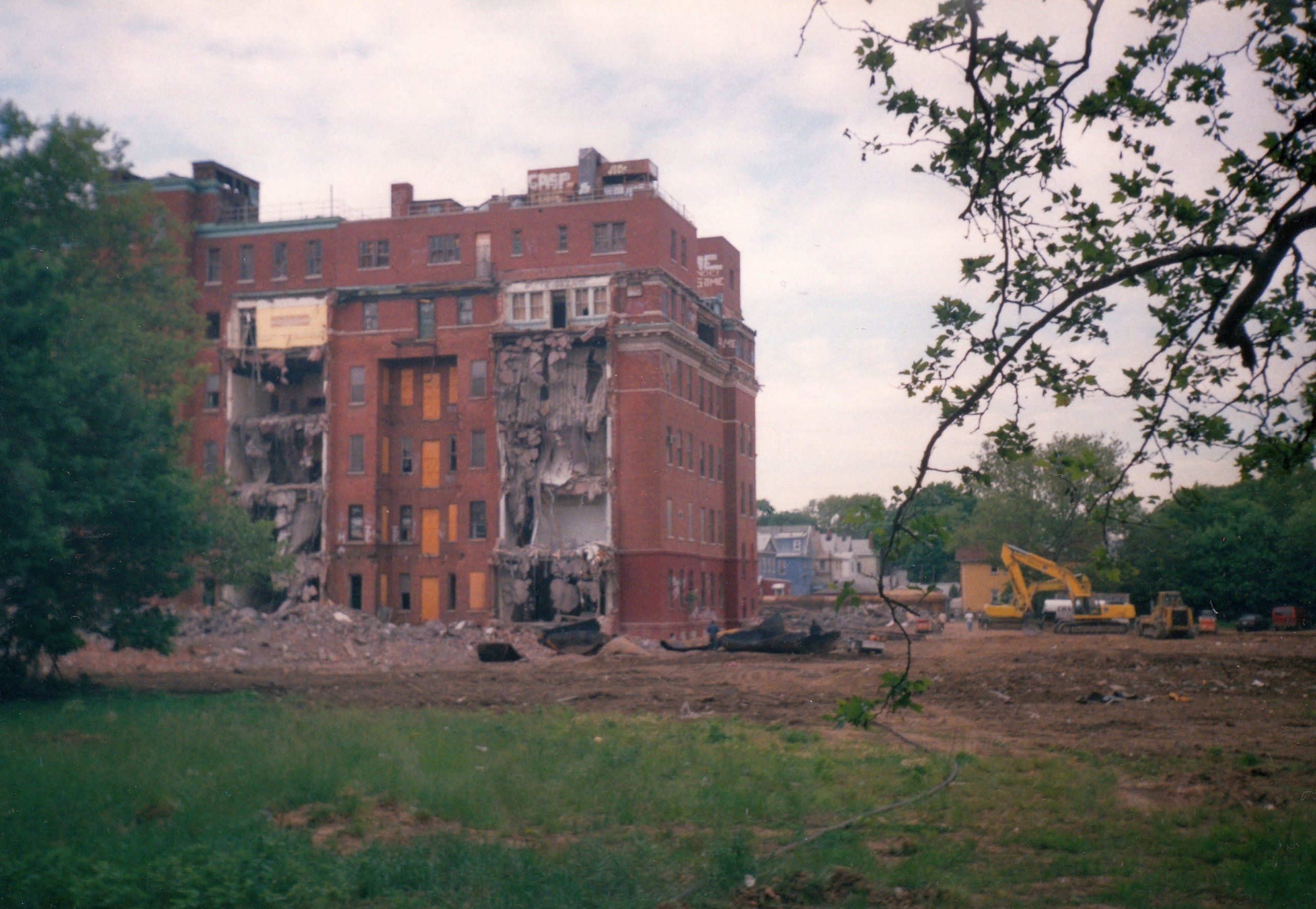
Today, the only remnant of St. Anthony’s is a large portion of the metal gate that surrounded the entire property. Local kids were all too familiar with that gate as they used to climb over it to play in the fields behind the hospital. And just steps away from where the front entrance used to be sits a historical marker, placed there by the Woodhaven Cultural and Historical Society.
Many residents today have no idea that such a place even existed in their community; they might be shocked to find out that many unfortunate souls entered St. Anthony’s only to succumb to tuberculosis.
But thanks to the Franciscan Sisters of the Poor, a great many more people were saved and benefited greatly from the work performed at St. Anthony’s Hospital and that’s what people should remember.

